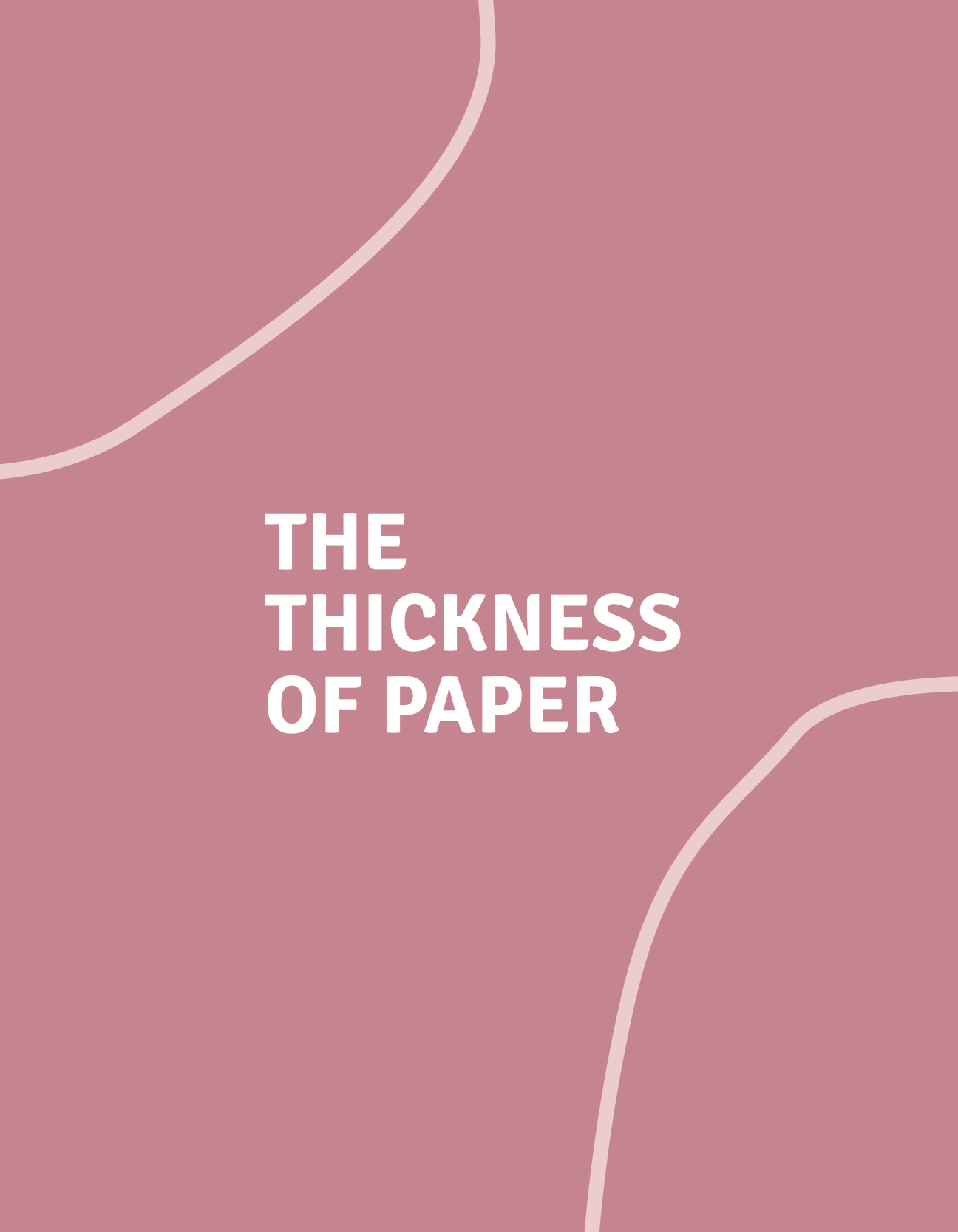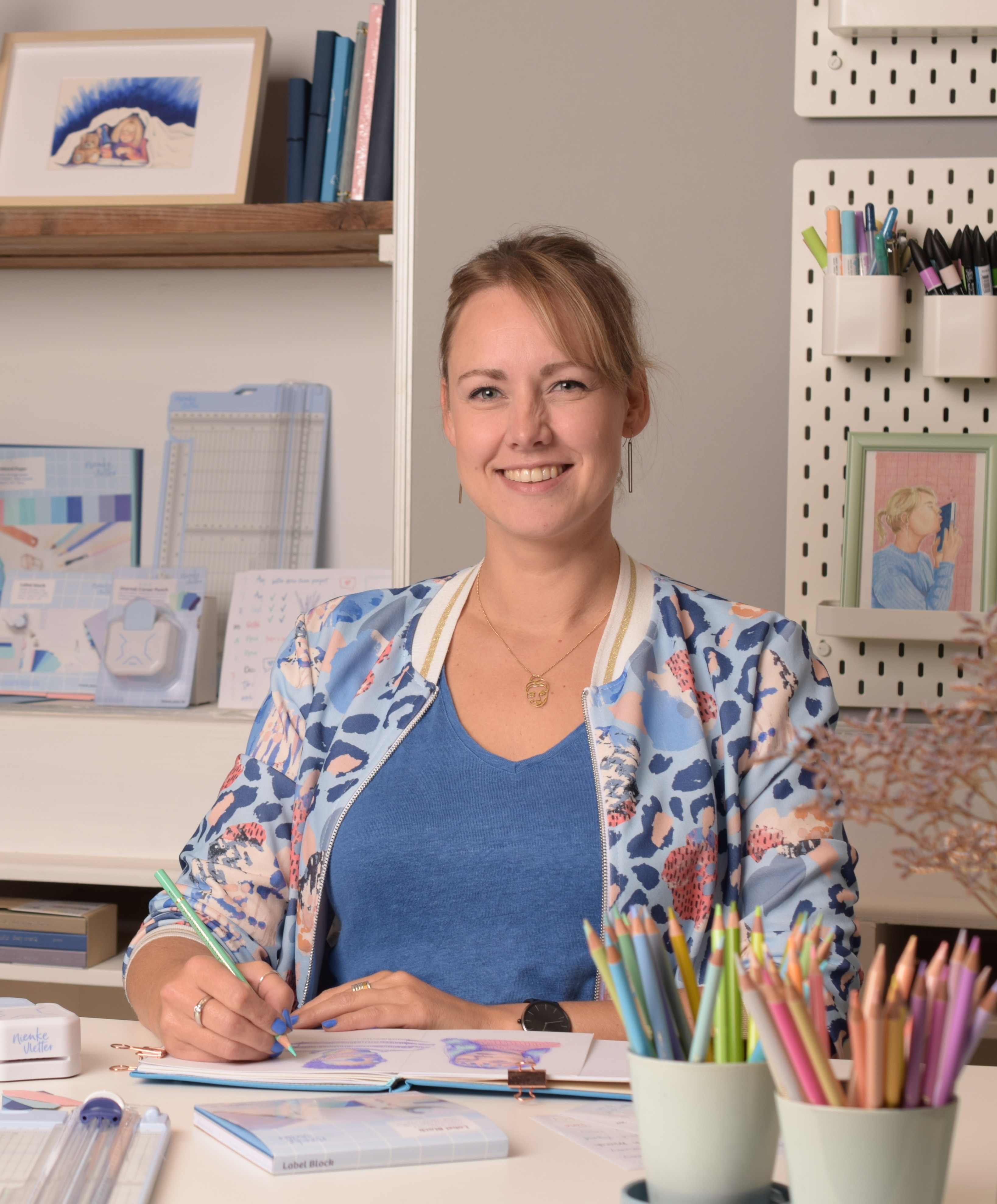Aufgrund des hohen Aufkommens kann sich die Zustellung Ihres Pakets verzögern


The thickness of paper
The thickness of paper is a crucial factor that can have a significant impact on the success of various applications in our daily lives. Whether it's printing documents, creating artworks, or packaging products.
Every creative project that Vaessen Creative helps you with requires a different paper thickness. For example, making a card requires thicker paper than wrapping a gift.
What paper thicknesses are there, what you can do with them, and what characteristics to consider when using paper are discovered in this article.
Drawing, doodling, or folding origami, nothing is too crazy.
What paper thicknesses are there?
When it comes to paper thickness, we recognize the following thicknesses.
- 80g - 90g: Often used for home or office use in printers, as well as for stationery and brochures.
- 135g: Thin and light, suitable for promotional materials such as flyers, leaflets, and posters.
- 170g: Recommended for business folders and promotional materials at trade shows and showrooms. Provides a professional look.
- 250g: Ideal for printed materials that need to stand out and is often used to give brochures a more substantial appearance.
- 300g - 400g: Mainly used for printed materials that need to be extremely sturdy, such as business cards.
How do you indicate paper thickness?
The thickness of paper is measured and indicated using grammage and sometimes caliper. Here is an explanation of both measurement methods:
Grammage (g/m²):
- Definition: Grammage, also known as paper weight or basis weight, is the most commonly used measure of paper thickness. It indicates how many grams of paper are used per square meter.
- Measurement method: To calculate grammage, a square meter of paper is weighed. The resulting value in grams is the grammage of that specific paper.
- Indication: Grammage is usually expressed in g/m² (grams per square meter). For example, 80 g/m² means that a sheet of that paper weighs 80 grams per square meter.
Caliper (thickness measurement):
- Definition: Caliper is a measurement of the thickness of a single sheet of paper, usually expressed in thousandths of an inch (mils) or thousandths of a millimeter (microns).
- Measurement method: To measure caliper, a single sheet of paper is placed in a measuring instrument that can accurately measure its thickness. The result is the caliper value.
- Indication: Caliper is often indicated in mils (1 mil = 1/1000 inch) or microns (1 micron = 1/1000 millimeter). For example, 10 mils or 254 microns indicates that the paper is 0.010 inches or 0.254 millimeters thick.
In most cases, grammage is used to indicate paper thickness because it is a uniform measure that can be easily compared. However, caliper measurements can be useful in situations where the precise thickness of a single sheet of paper is important, as in some technical applications.
It is important to note that the relationship between grammage and caliper is not always one-to-one because it can depend on the density of the paper. So, a higher grammage does not always mean a greater caliper thickness, and vice versa. Therefore, it is advisable to check the specific unit of measurement to understand the thickness of a particular paper.
What thickness of paper to use when?
Craft paper or cardstock
- Thickness: Varies, usually medium to thick paper or cardstock.
Folding paper or origami paper
- Thickness: Usually thin, similar to lightweight printer paper.
Drawing paper and sketch paper
- Thickness: Varies, usually medium to thick paper.
Watercolor paper
- Thickness: Medium to thick paper, specially designed for wet media like watercolor paint.
Craft sheets and pattern paper
- Thickness: Usually of medium thickness, similar to regular craft paper.
Cardboard and cardboard letters
- Thickness: Thick and sturdy, suitable for 3D craft projects.
Decoupage paper
- Thickness: Thin, so it can be easily applied to various surfaces.
Crinkle paper
- Thickness: Thin, with a crinkled texture for texture and relief in artworks.
The thickness of the paper is important because it affects the strength and durability of your craft projects. It's always a good idea to experiment with different thicknesses to see which one works best for your project.



